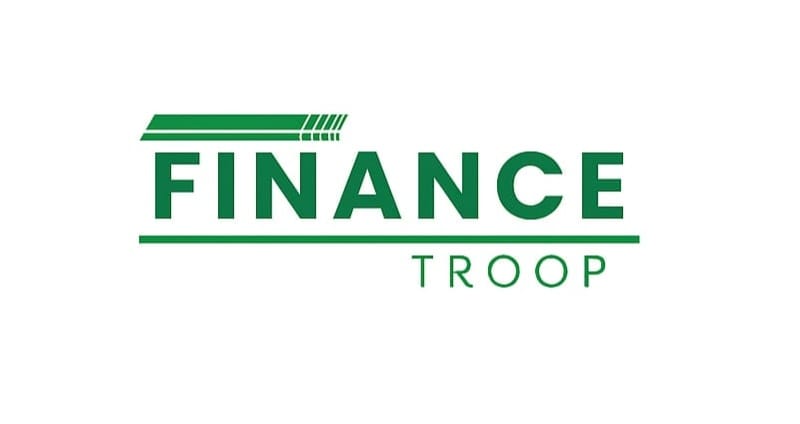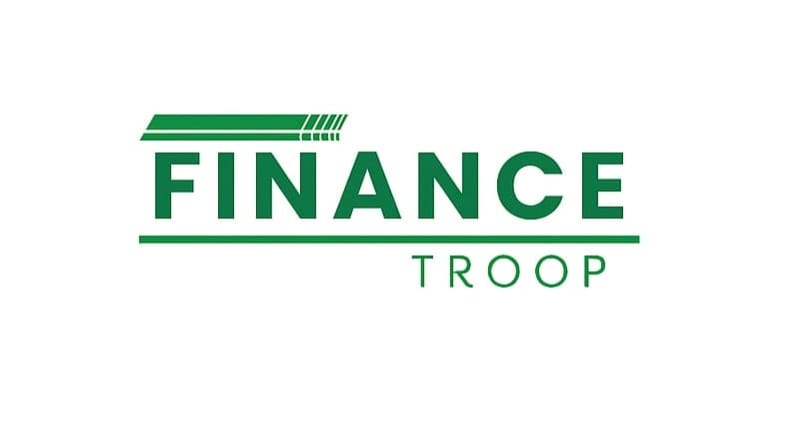If you’re planning to buy life insurance in 2025, chances are you’re stuck between two popular options: ULIP (Unit Linked Insurance Plan) and term insurance.
They’re both life insurance products — but they work completely differently. One covers only your life – pure protection; the other mixes life insurance with market-linked investment.
In this article, we’ll help you clearly understand:
- What is ULIP and Term Insurance?
- How are they different in cost, benefit, and risk?
- Which makes sense for your goals in 2025?
Let’s clear the confusion.
What Is Term Insurance?
Term insurance is the simplest and most affordable form of life insurance. It gives your nominee a fixed payout (sum assured) if you pass away during the policy term. If you survive the term, there’s no return unless you add optional riders like return of premium (TROP).
It’s pure protection — you pay a small premium to cover a large risk.
For example, with ₹8,000/year, a 30-year-old can get ₹1 crore term cover for 30 years.
This works best if:
- Your primary goal is family protection
- You want maximum coverage at minimum cost
- You’re okay not receiving maturity benefits if you survive
What Is a ULIP?
ULIP stands for Unit Linked Insurance Plan. It’s a hybrid product combining:
- Life cover (usually 10x of annual premium)
- Investment (your money is linked to equity/debt funds)
Unlike term plans, ULIPs offer market-linked growth. That means the money you invest grows based on your fund’s performance — and you also stay insured.
ULIPs come with a lock-in period of 5 years and are ideal for:
- Long-term wealth creation (10–20 years)
- Goal-oriented investing (education, retirement, etc.)
- Individuals who want both protection + returns
However, they’re more complex and involve multiple charges — mortality, fund management, and policy admin costs.
ULIP vs Term Plan: Detailed Comparison Table
Here’s a clear cut comparison:
Feature | ULIP | Term Insurance |
Coverage | Low-to-moderate | High (up to ₹2 Cr. or more) |
Investment Element | Yes (equity, debt, or hybrid funds) | No |
Risk Level | High (market risks involved) | Low-to-none |
Premium Amount | High | Very Low |
Lock-in Period | 5 Years | No Lock-in (term-based) |
Tax Benefit (Sec 80C) | Yes | Yes |
Tax-Free Returns | Yes* (if annual premium < ₹2.5 lakh) | N/A |
Ideal For | Investors with long-term goals | Individuals seeking 100% protection |
Maturity Benefit | Yes | No |
Withdrawal Option | After lock- in | N/A |
*As per Feb 2023 tax reform: ULIP maturity is not tax-free if aggregate premium crosses ₹2.5L/year.
When Should You Choose Term Insurance?
In 2025, term insurance suits 90% of Indian working professionals looking to:
- Replace their income after death
- Protect loans (home, personal, car)
- Secure dependents (spouse, children, parents)
Choose term insurance if:
- You want high cover for low cost
- Insurance is just risk-cover — not an investment
- You already have SIPs or mutual funds for wealth creation
Example:
Mira, a 32-year-old salaried woman earning ₹10L/year, opts for a ₹1 crore term plan at ₹9,000/year. She invests separately in mutual funds for goal-based returns. The term plan simply secures her family if she passes away unexpectedly.
When Should You Consider a ULIP?
ULIPs could make sense for people who:
- Are comfortable with long-term investing (10+ years)
- Want investment + insurance in one policy
- Seek disciplined investing with tax savings
- Prefer limited fund options (curated by the insurer)
ULIP returns can range from 6% to 12% annually — depending on equity/debt allocation and fund charges. However, remember there are annual fees and switching charges in many ULIP products.
ULIPs suit goal-based investments like:
- Children’s education corpus
- Retirement planning
- Building wealth with partial life cover
Cost Comparison: Term vs ULIP (₹1 Cr Insurance)
Let’s say you want ₹1 crore of life cover for the next 25 years:
Term Insurance:
₹8,500 – ₹12,500/year
Total spending over 25 yrs = ₹2.5–₹3.1 lakh
₹1 Cr life cover, no returns
ULIP:
₹1 lakh/year
Over 25 yrs = ₹25 lakh invested
₹10 lakh life cover + investment value (~₹40–₹60 lakh depending on market)
So, term plans are best for risk protection, while ULIPs work for long-term goal + limited life cover.
Tax Benefits: What Applies in 2025?
Both term and ULIP policies offer the following tax benefits:
- Premiums paid are eligible under Section 80C (up to ₹1.5 lakh per year per policyholder)
- Maturity/death benefit is tax-free under Section 10(10D) if:
• Basic sum assured is 10x or more of annual premium (for ULIPs)
• Policy is not surrendered early
Note: As per Budget 2023, ULIPs with high premiums (₹2.5L+/year) may be taxed on maturity gains. Term insurance is not affected.
ULIP vs Term Insurance — 5-Year Data & Trends
To provide a data-based comparison, we sourced the latest 5 years of insurance sector statistics from IRDAI Annual Reports (2019-2024).
year | ULIP Sales (₹ in Cr) | Term Plan Sales (₹ in Cr) | Policyholder Growth (Term) | Policyholder Growth (ULIP) |
2019-20 | 30,281 | 12,102 | +15.3% | +6.2% |
2020-21 | 35,920 | 14,030 | +17.0% | +7.8% |
2021-22 | 38,506 | 18,924 | +28.4% | +6.1% |
2022-23 | 34,102 | 22,874 | +19.5% | -2.5% (market dip) |
2023-24 | 40,783 | 25,420 | +11.3% | +8.4% |
” Insight: While ULIP shows mixed growth due to market conditions, Term Plans have shown strong policyholder growth year on year, driven by affordability and awareness.”
Final Thoughts
Buying term insurance is like building a financial life jacket — it protects your loved ones if something unfortunate happens. ULIP, on the other hand, helps you build wealth, but with some level of risk and commitment.
In 2025, most financial planners still recommend:
- Term insurance for protection
- Mutual funds or SIPs for investing
But if you’re seeking a hybrid with tax savings and forced investing — ULIPs remain a viable product as long as you understand the charges and risks.
Choose smartly based on your goals — not just what looks attractive today.
Impact of New Tax Regime (FY 2023–2025)
Term Plan: Continues to offer tax deductions u/s 80C regardless of premium or tax regime.
ULIP: Post-2023, only ULIPs with annual premium under ₹2.5 Lakh qualify for tax-free maturity.
Many financial advisors now recommend:
- Buy a Term Plan
- Invest separately in ELSS/mutual funds for better transparency, flexibility, and returns.
Conclusion: What’s Better in 2025?
There’s no one-size-fits-all answer — each policy serves a purpose.
- If you’re looking to protect your family, especially if you’re young or have dependents:
Choose Term Insurance. - If you want to build wealth along with life cover and are okay with higher premiums and market risk: Choose ULIP.
” Pro Financial Strategy for Indians in 2025: Buy a high-coverage Term Plan for ₹10–15k/year, and invest the rest in mutual funds or SIPs. This approach maximizes both security & returns, compared to relying only on ULIPs.”
Frequently Asked Questions (FAQs)
1. What is the major difference between ULIP and Term Insurance?
Answer:
ULIP is a combination of life insurance and investment, where a part of the premium goes into market-linked funds. Term Insurance is a pure protection plan that offers death benefits to your family if anything happens to you during the policy term, but no maturity or investment return.
2. Which is better to buy in 2025 — ULIP or Term Insurance?
Answer:
In 2025, a Term Insurance Plan is better for those seeking financial security at low premiums. A ULIP is suitable if you want market-linked returns along with life cover, and are okay with higher costs and risks. Many financial experts recommend buying Term Insurance and investing separately in mutual funds for better flexibility and long-term returns.
3. Is ULIP maturity amount taxable in 2025?
Answer:
Yes, after budget changes in February 2023, ULIP maturity becomes taxable if your annual premium exceeds ₹2.5 lakhs. ULIPs with a total premium below ₹2.5L/year still qualify for exemption under Section 10(10D) of the Income Tax Act.
4. Can I have both ULIP and Term Plan together?
Answer:
Yes, absolutely. Many financial advisors recommend buying a Term Plan for protection and optionally investing in a ULIP (or other instruments like ELSS) for wealth creation and tax savings. These two serve different purposes and can complement each other.
5. Which is cheaper — ULIP or Term Plan?
Answer:
Term Plans are much cheaper compared to ULIPs. For example, a ₹1 crore cover for a healthy 30-year-old male may cost around ₹8,000–₹10,000/year in a term policy, while a ULIP providing similar cover may cost ₹50,000 or more annually, due to investment components and fund charges.
6. How long should my term insurance be in 2025?
Answer:
Typically, the term should be until your retirement age or financial independence — usually 60 years. If you’re younger, choose a policy for 30 or 40 years. The longer the term, the better your premium lock-in advantage.
7. What are the tax benefits of ULIP vs Term Plan?
Answer:
Both ULIP and Term Insurance offer tax deductions up to ₹1.5 lakh under Section 80C. The death benefit under both is fully tax-free, and maturity amounts on Term Plan (usually none) are not taxed. ULIP’s maturity amount is tax-free only if the annual premium is under ₹2.5 lakh.
8. Can I switch ULIP funds in 2025?
Answer:
Yes, most ULIP plans offer free or limited fund switches between equity, debt, and hybrid funds — suitable during market volatility. This flexibility is one of ULIP’s main investment advantages.
9. What happens if I stop paying ULIP premium?
Answer:
If you stop paying ULIP premiums during the lock-in period (5 years):
- The policy enters a discontinuance mode
- Life cover stops
- Funds may remain invested but with deductions After 5 years, you can withdraw or surrender the plan. Many insurers allow partial premium holidays with conditions.
10. Are ULIPs recommended for short-term goals?
Answer:
No, ULIPs are not ideal for short-term goals (under 5 years) because of:
- A mandatory 5-year lock-in
- Market-linked unpredictability
- High initial cost structure (allocation charges, fund fees)
- It’s better to use SIPs or liquid mutual funds for short-term investment.
Click here : Best Term Insurance Plans in India (2025) – Compare ₹1 Crore Plans, Premiums & Claim Ratios




![ULIP vs Term Insurance: Which Is Better For You in 2025? [Complete Comparison] https://financetroop.com/?p=1404&preview=true](https://financetroop.com/wp-content/uploads/2025/07/WhatsApp-Image-2025-07-26-at-11.28.27-1024x595.jpeg)